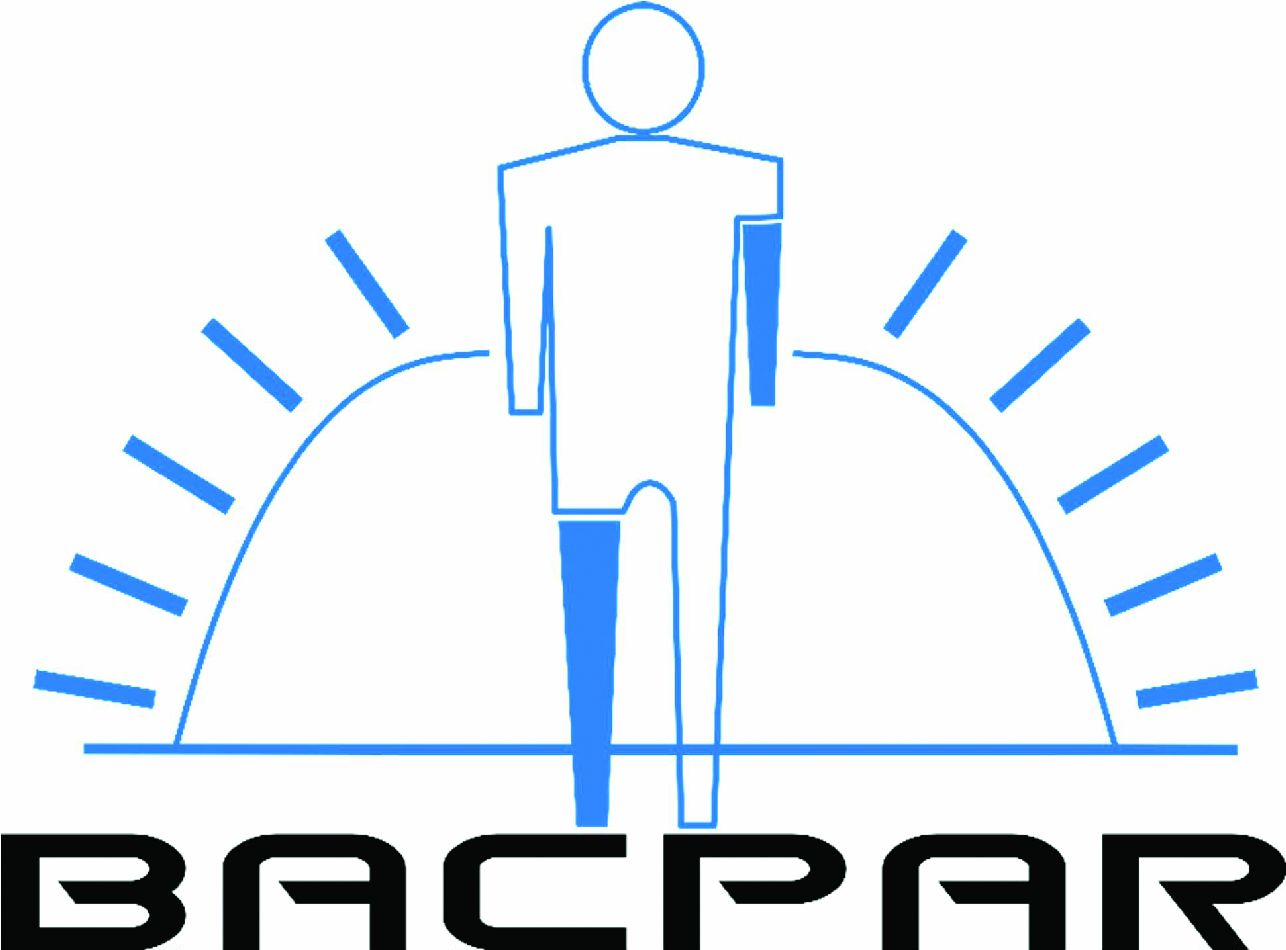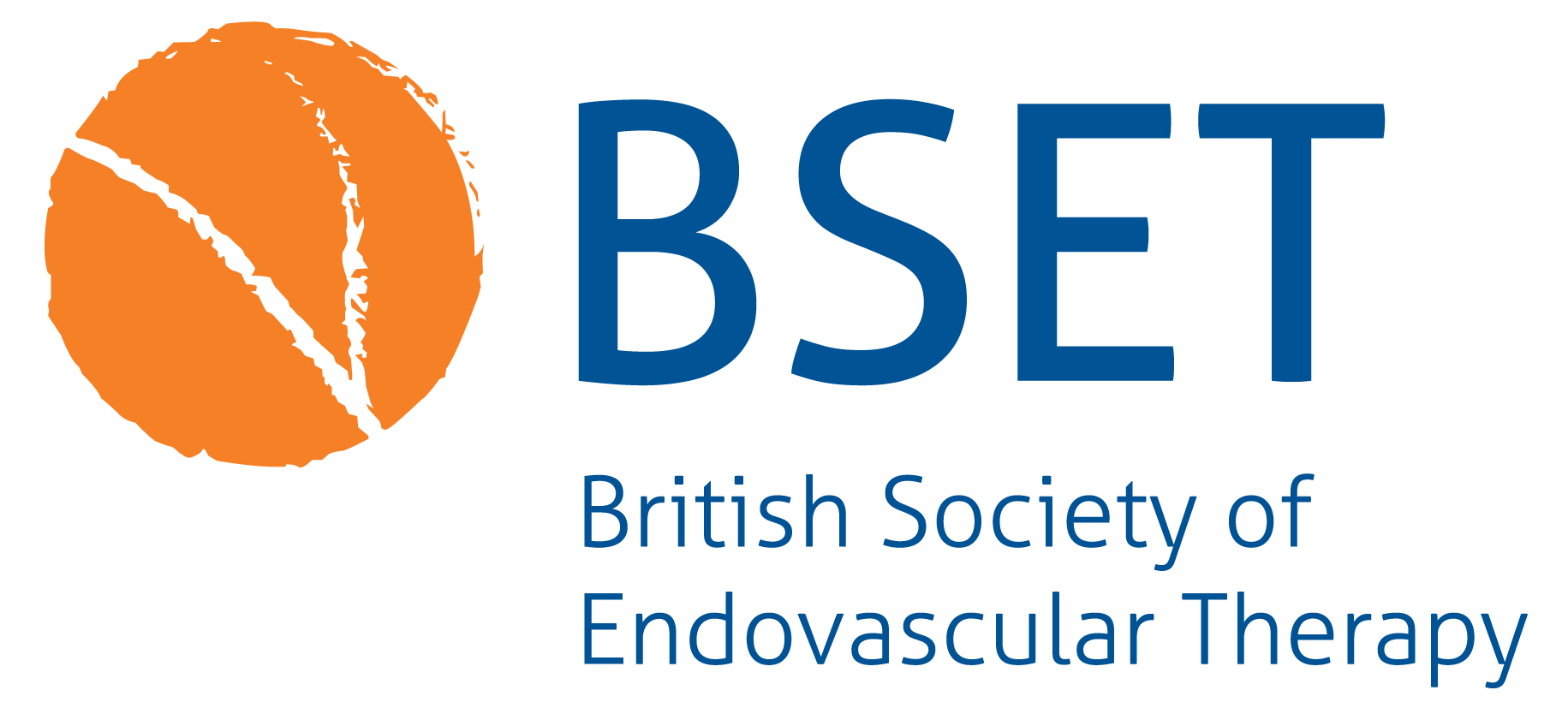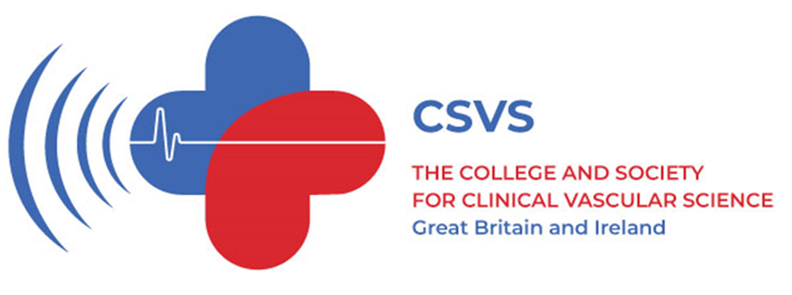Protocol
The clinical effectiveness of waxing or epilation compared with other methods of hair removal in reducing the incidence of surgical site infections: a protocol for a systematic review
Background Hair has traditionally been removed from surgical sites preoperatively, but there is gathering evidence that some methods of hair removal can increase the risk of surgical site infections (SSIs).1,2 The most recent Cochrane review (2021) found that, while hair removal using clippers or depilatory cream does not significantly increase the risk of SSIs, razors…
Read MoreUse of Shockwave® intravascular lithotripsy in the treatment of calcific peripheral vascular disease of the crural vessels: a protocol for a systematic review
Introduction Peripheral artery disease (PAD) is a systemic atherosclerotic disease with an increasing prevalence currently estimated at over 230 million adults globally.1,2 PAD prevalence in the infrapopliteal/ crural arterial bed is increasing, influenced by the ageing population, as well as the increasing prevalence of diabetes and chronic kidney disease.1–3 Chronic limb-threatening ischaemia (CLTI), the most…
Read MoreThe DEFINITE Audit: a prospective audit of diabetic foot debridement in theatre – a protocol
Introduction People with diabetes are at high risk of developing foot ulceration (DFU). Once established, diabetic foot ulcers are at risk of rapid deterioration and infection which can lead to bacteraemia and sepsis. Infected DFU is associated with high morbidity, limb loss and death.1–3 The development of severe infection requires emergency hospital admission and surgery…
Read MoreDosing and efficacy of extracorporeal shockwave therapy for diabetic foot ulcer healing: a systematic review protocol
Introduction With the rapidly increasing prevalence of diabetes, effective interventions to tackle the complications are urgently needed. Diabetic foot ulcers (DFU) occur in 25–30% of patients with diabetes and are particularly challenging to heal in a timely manner.1-4 Delays in ulcer healing increase the risks of localised infection, sepsis, major limb amputation and mortality.5,6 Current…
Read MoreAssessment of the diagnostic accuracy of automated ankle brachial pressure index devices in patients with diagnosed or suspected peripheral arterial disease: protocol for a systematic review and meta-analysis
Background Target condition being diagnosed Peripheral arterial disease (PAD) is a prevalent cardiovascular disease, estimated to affect approximately 236 million people worldwide.1 PAD is characterised by progressive narrowing of the arterial lumen, reducing blood flow to the distal extremities.2 Classic symptoms include exertional calf, thigh and/or buttock pain known as intermittent claudication, and with disease…
Read More- « Previous
- 1
- 2
- 3
- Next »











